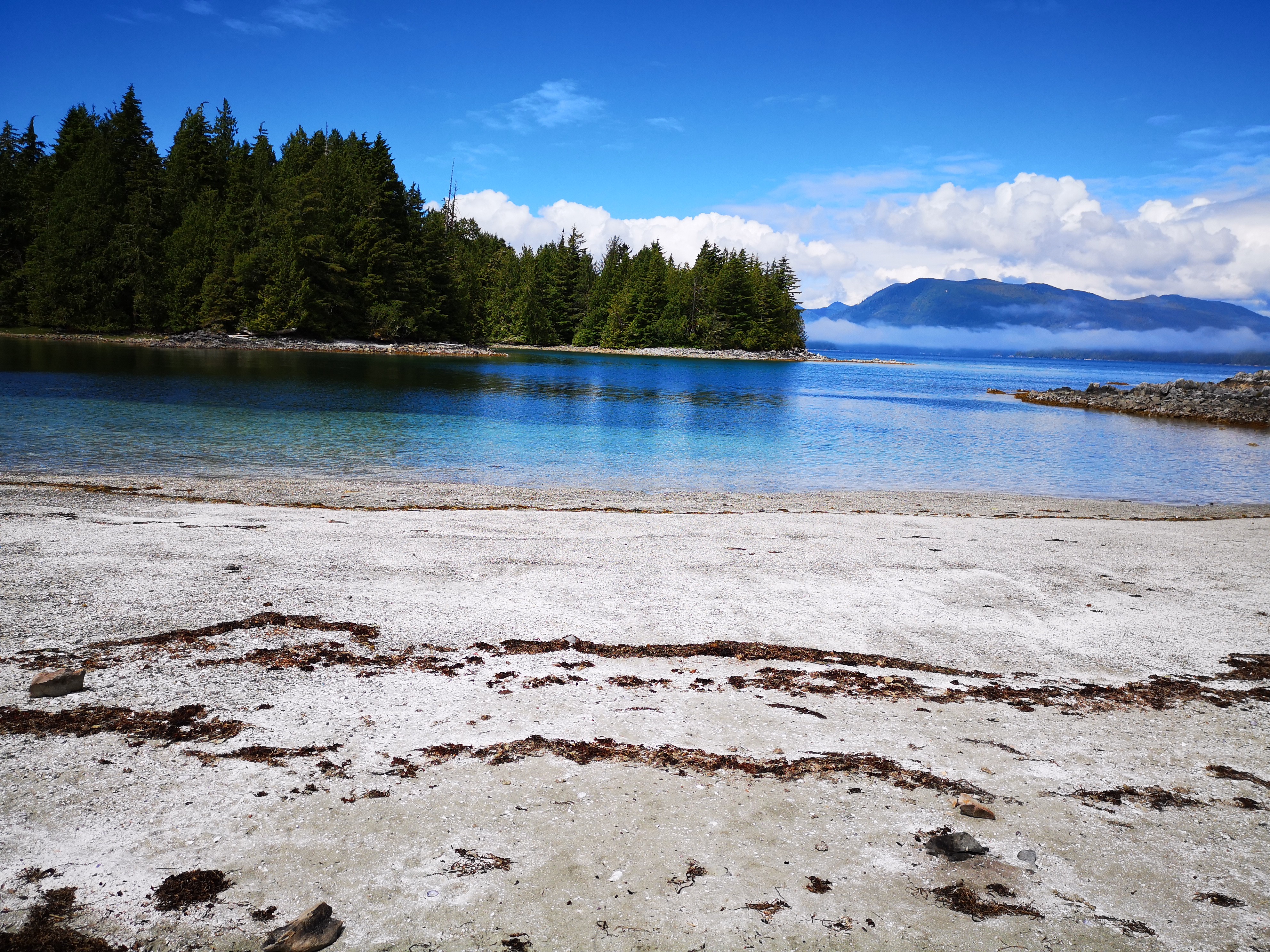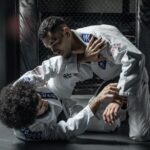For even a casual kayaker, certain local trips become legendary. The Broken Group Islands (BGI), nestled just south of Ucluelet in Barkley Sound on Vancouver Island’s west coast, is one of those iconic destinations. When the opportunity arose to explore this archipelago, I couldn’t resist. I found myself immersed in trip preparation: packing gear into dry bags, considering the impact of saltwater on hiking boots and biking gloves, and poring over maps of the Broken Group Islands. For those considering venturing into this stunning area, think about joining A Kayaking Group With A Guide Travels who knows the area well.
The BGI resides within Pacific Rim National Park, a region defined by its coastal rain-forest beauty and untamed wilderness. Unlike the park’s exposed coastline, which faces the full force of the Pacific Ocean, the BGI offers sheltered kayaking conditions, making it suitable even for beginner paddlers. While venturing into less sheltered channels may bring some rolling waves and small whitecaps, a sturdy sea kayak can handle these conditions. Why visit BGI? It offers an immersive experience of the remote west coast’s splendor: misty shorelines, serene forests bathed in sunlight, the alluring scent of saltwater, turquoise waters gently washing upon white sand beaches, remarkably clear water, vibrant orange and purple sea stars, and the chance to paddle amidst ancient, gnarled trees clinging to dramatic cliffs, all while eagles soar above. This corner of the world is truly awe-inspiring.
Below is a guide to planning your kayak trip to the Broken Group Islands, including logistical considerations for getting there, acquiring kayaks, essential gear beyond camping equipment, and helpful tips to prepare you for the journey. I’ll also share details from my four-day trip and its highlights to inspire your own paddling adventure. A kayaking group with a guide travels usually handles a lot of these details, which makes the experience easier and safer.
How to Prepare for Your Kayaking Trip
The preparation involves making camping and boat reservations, traveling to Vancouver Island, driving to Port Alberni or Ucluelet, securing passage to the Broken Group (or kayaking there if you’re an experienced paddler), and arranging for kayaks.
Essential Gear for Kayaking
- Water: No fresh water sources exist within the BGI, making it essential to bring an adequate supply. The park recommends 4-6 liters per person per day. While our group of four brought 80 liters for a four-day trip, we only used about 40 liters. However, it’s always better to have too much than not enough!
- Dry Bags: Expect to get wet during this trip, making dry bags crucial for protecting gear that can’t get wet (extra clothes, sleeping bag, electronics, maps, and permits). Consider the dimensions of kayak hatches and opt for smaller bags.
- Gloves: To prevent blisters from prolonged paddling, bring gloves. Bike gloves worked perfectly for me, eliminating blisters after four days. Consider gloves with smartphone-compatible fingertips for easy picture-taking.
- Waterproof Phone Case: A waterproof phone case with clear plastic windows for the screen and camera lens is excellent for capturing photos on the water without removing the phone from the case.
- Extra Dry Clothes: Bringing separate paddling clothes, camp clothes, and sleeping clothes is wise. Given the rain-forest environment, humidity is high, and rain and fog are common. Pack assuming your clothes won’t dry and consider it a bonus if they do.
- Sandals: Sandals are useful for getting in and out of the water during boat loading and launching, as well as for navigating sandy beaches.
- Navigation: Maps, tide charts, and GPS devices are essential for confident navigation. A kayaking group with a guide travels will already have the necessary navigation tools.
Tips for a Successful Kayaking Trip
- Hiking on the islands can be challenging due to cliffs, dense undergrowth, rising tides, and limited trails.
- Outhouses are available at all campsites, but no other services (running water, garbage bins, or animal caches) exist. Follow the ‘pack in, pack out’ and ‘leave no trace’ principles.
- The west coast of Vancouver Island has a distinct climate, typically colder and wetter than the lower mainland. Expect rain, humidity, mist, fog, and cooler summer temperatures, and bring rain gear.
- The islands are closer than you might think. Consider taking your time and enjoying the scenery.
- Paddling power comes from your core, not your arms. Keep your hands wide and twist with each stroke.
- Store essentials like snacks, water, and sunscreen on top of your kayak in a small dry bag for easy access.
- Calmer waters are found between the islands and in the mornings when winds are low. Plan crossings of larger channels with rougher waters for the morning.
- Use a tide chart to avoid fighting the tide or taking longer routes around islands.
- Bears, wolves, and smaller critters may be present. Secure all food and scented items at night to prevent them from chewing through your tent and dry bags.
- Campfires are permitted on the BGI below the tide line. Check the Pacific Rim park guidelines before your trip.
- Surprisingly, full cell reception is available on the islands.
- Store your boats above the high tide line at night to prevent them from floating away.
Our Kayaking Journey
Our journey began early with a 5 am ferry to Nanaimo. We explored Morningstar Farm, home to Qualicum Cheeseworks and Mooberry Winery, before driving to Ucluelet. After arriving in Ucluelet around noon, we caught our second ferry to Sechart Lodge, loading our gear onto the boat. The ferry ride to Sechart Lodge took just under two hours, during which the captain pointed out key landmarks like Sail Rock, Effingham Island, Clarke Island, and Turtle Island. At Sechart Lodge, we organized our kayaks and set off to our first campsite on Hand Island, arriving around 7 pm.
We spent four days paddling, cooking meals, and relaxing on the beaches. Our campsites on Hand, Clarke, and Gibraltar Islands were quiet and peaceful. On the fourth morning, we returned to Sechart Lodge to catch the Lady Rose ferry back to Ucluelet around 11 am. After a long lunch, we drove back towards Nanaimo.
With time to spare before our ferry from Departure Bay, we visited Coombs market and explored Nanaimo’s waterfront. As we approached Vancouver, we watched Canada Day fireworks from the ferry deck, a perfect ending to our trip.
Memorable Moments from the Trip
- The stunning scenery: teal waters, rocky cliffs, coastal trees, underwater kelp forests, and crystal-clear water.
- The wildlife encounters: deer in our campsite, a humpback whale, sea lions, and hummingbirds.
- The extravagant food: fresh food, including an entire watermelon.
- The serene mornings: glassy water surrounded by misty shorelines.
- The excellent weather: mostly dry with two days of sun and blue skies.
- The failed attempt to find a hidden lake on Gibraltar Island with a fellow kayaker.
- The camping treats: chocolate croissants, strawberry danishes, maple syrup and pancakes, and homemade gelato.
- Enjoying beer, hot chocolate, and ramen noodles at Sechart Lodge while waiting for our ferry.
While I typically avoid repeating trips, I would gladly return to the Broken Group Islands. With so many unexplored islands and channels, each visit could offer a new experience. Hopefully, this guide has simplified the logistics of planning your trip to this gem of an archipelago. Consider joining a kayaking group with a guide travels to make the experience even more memorable.

